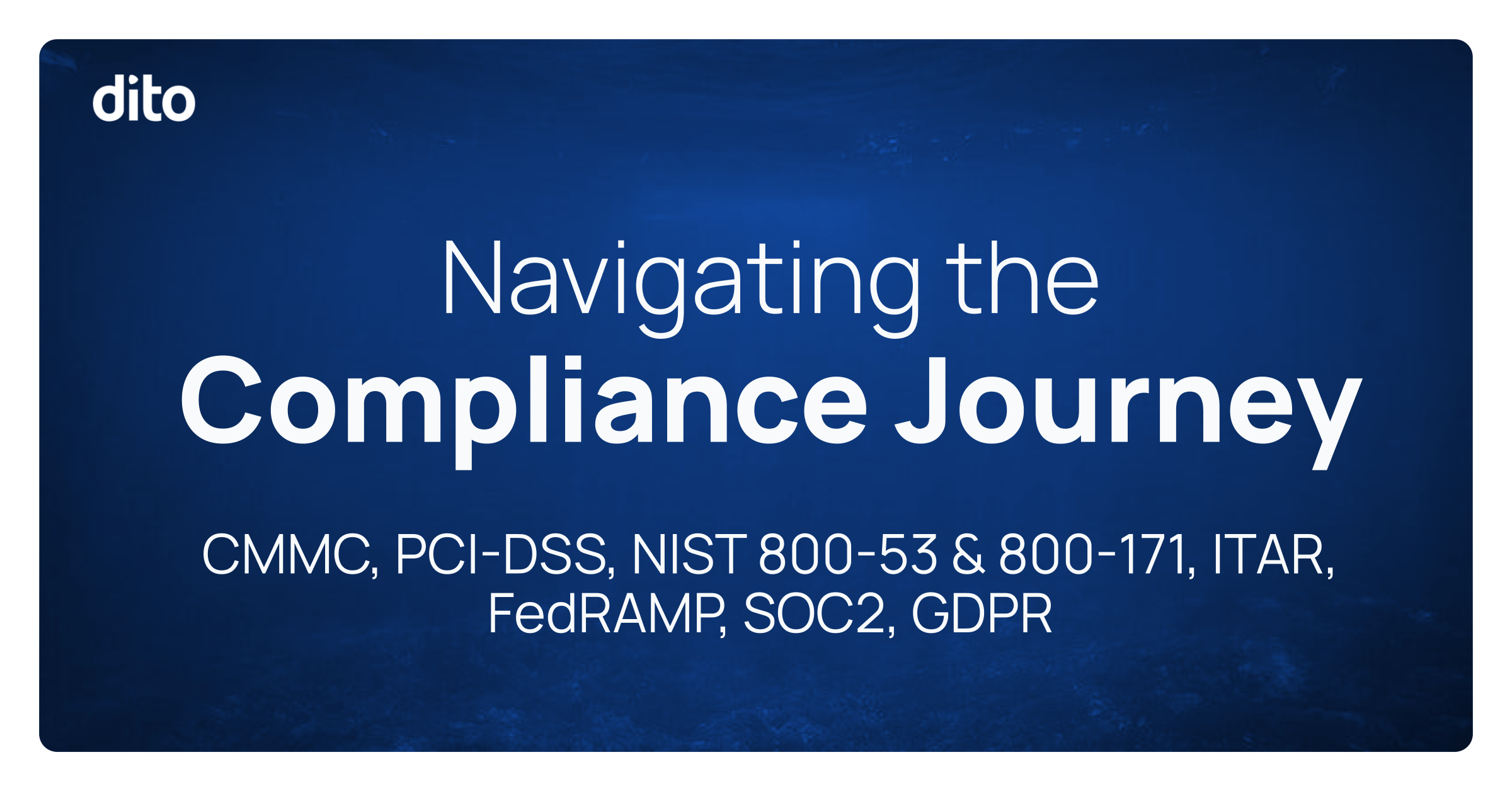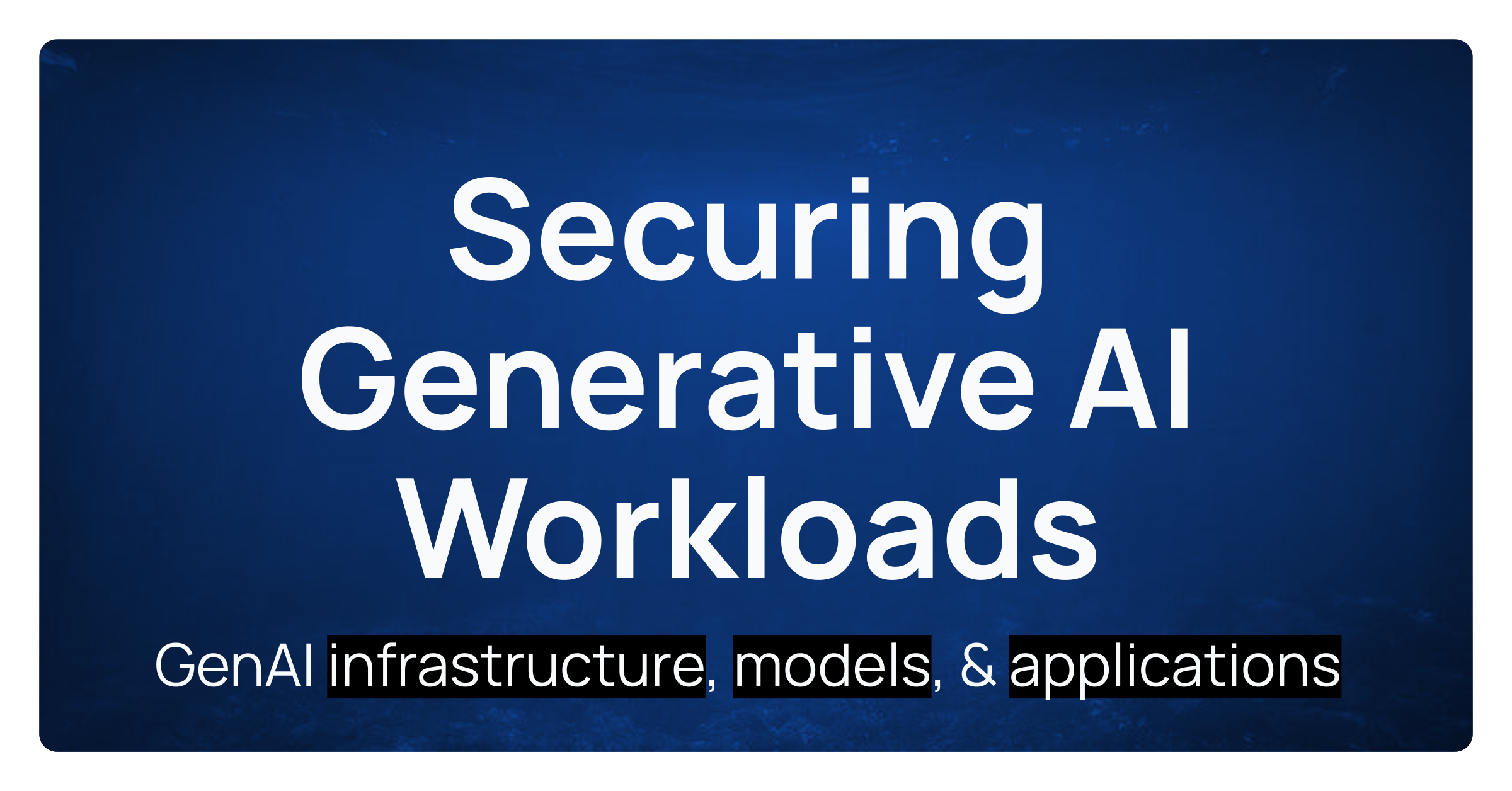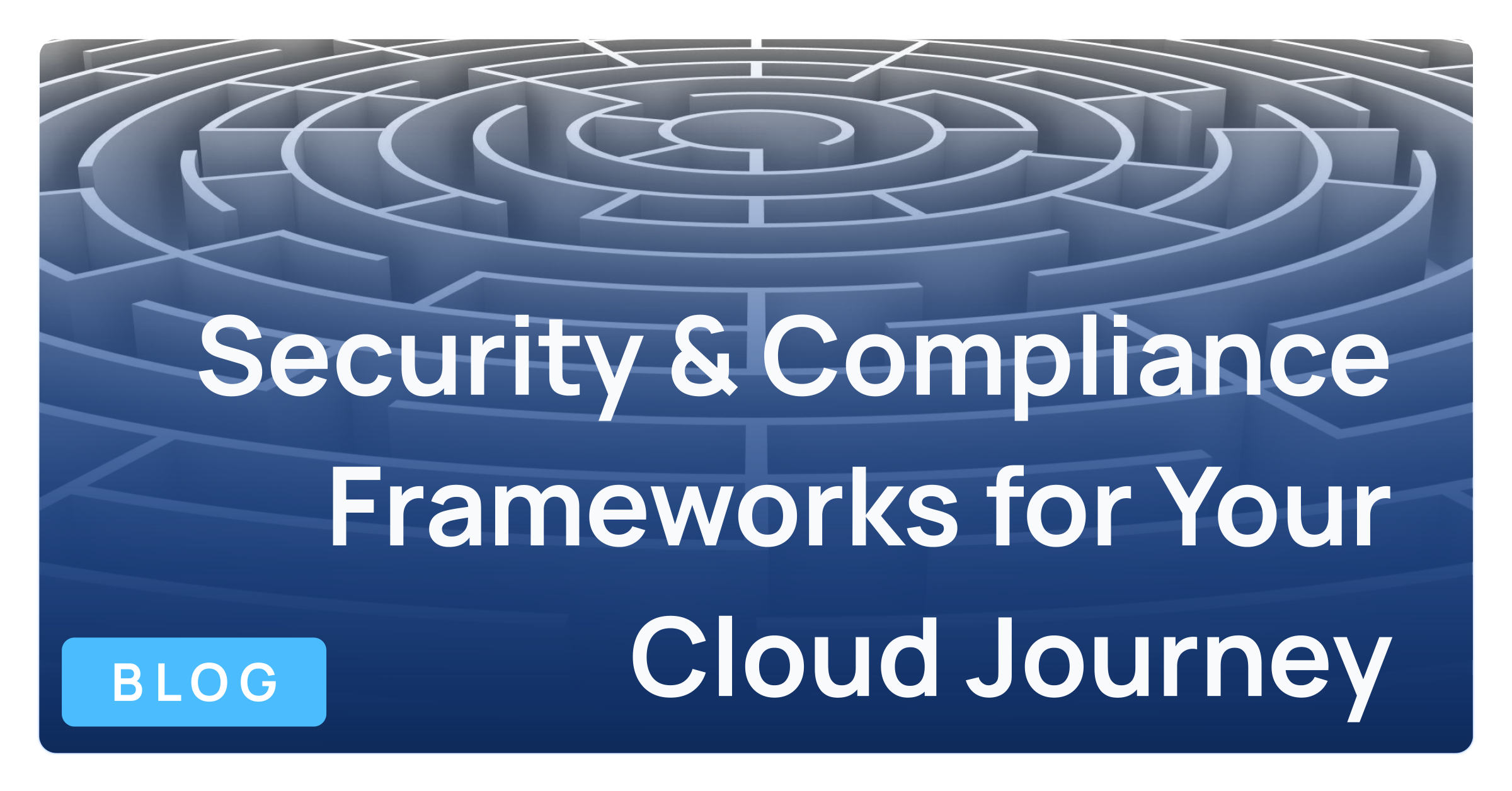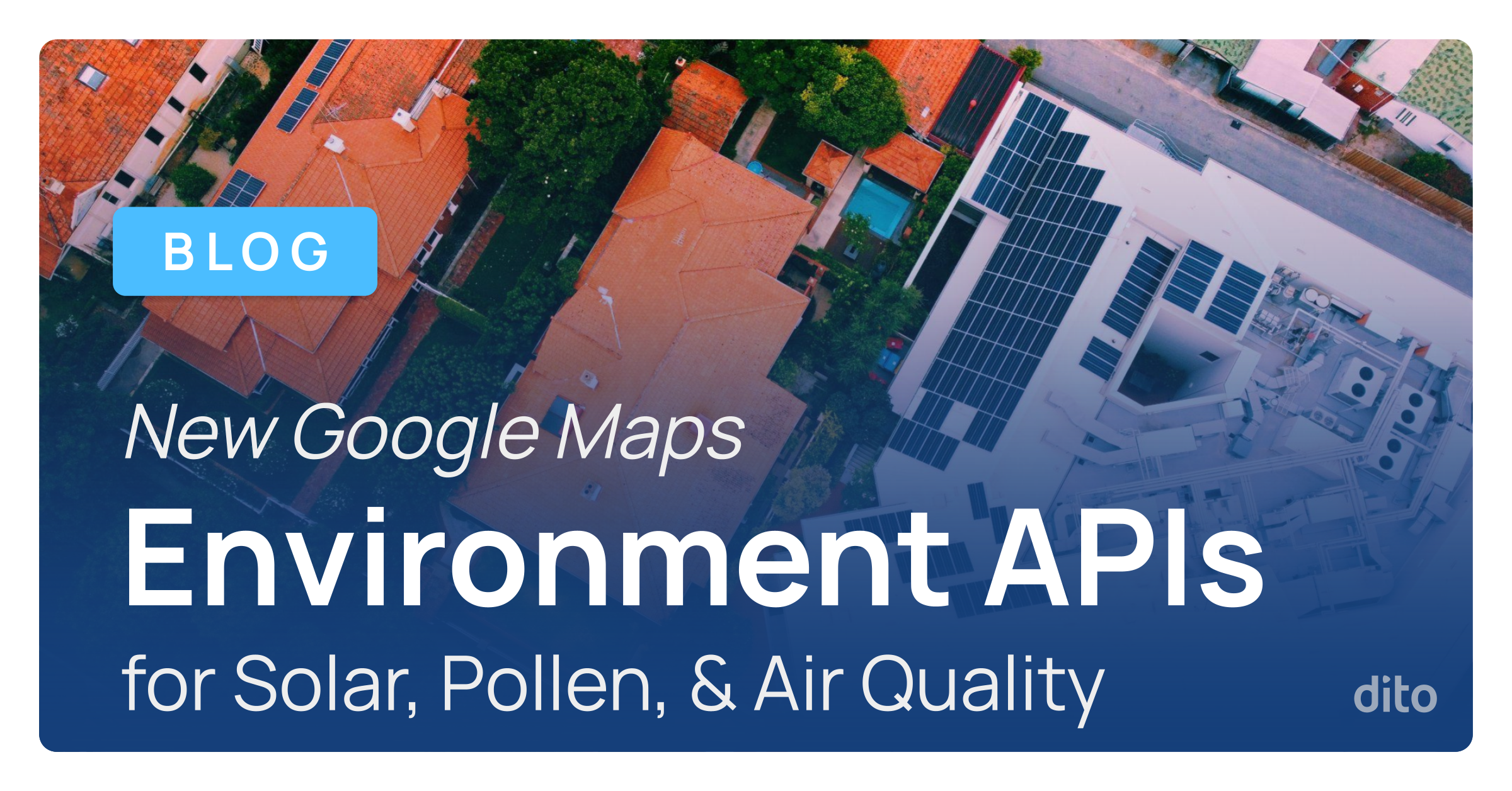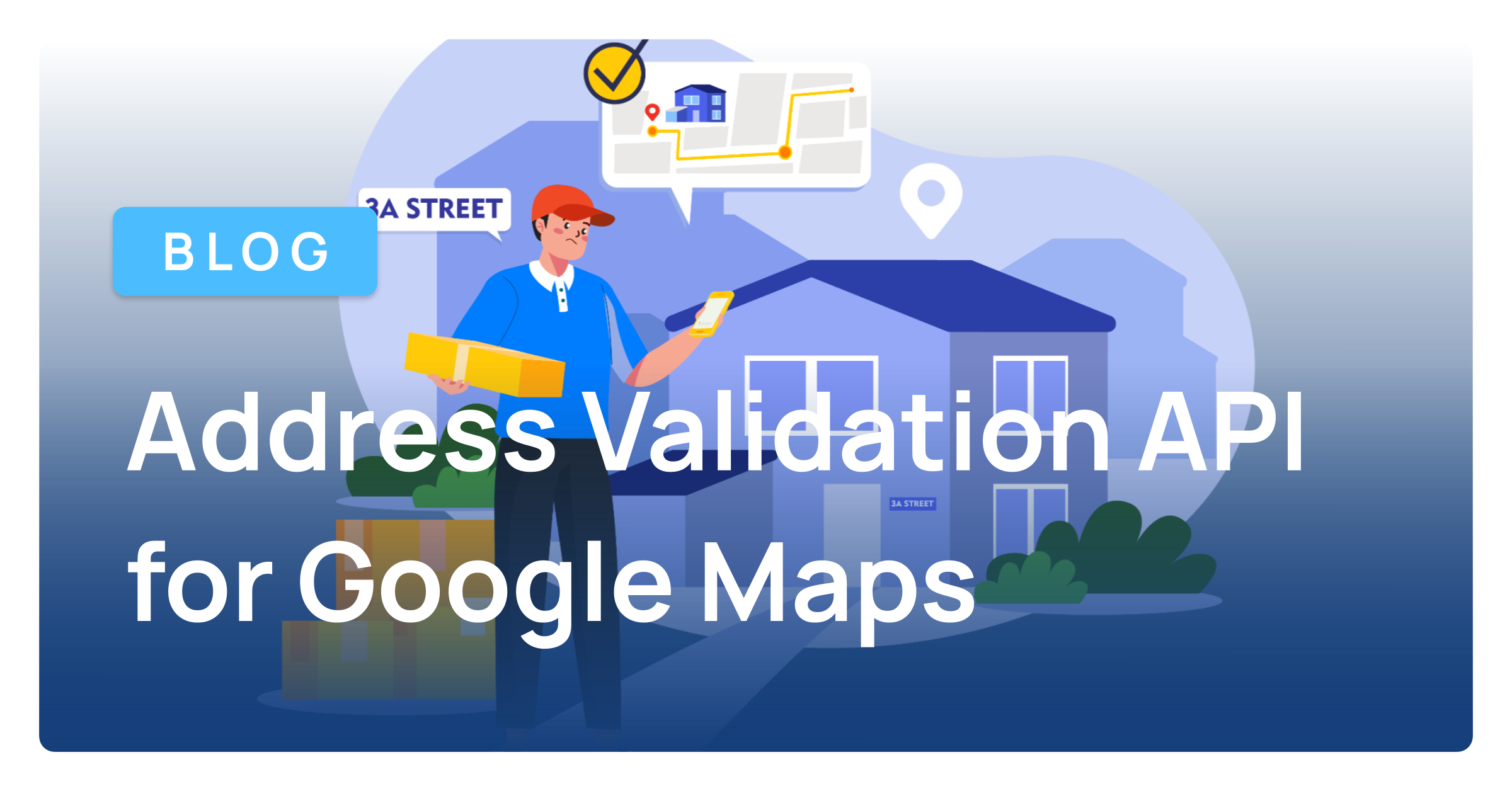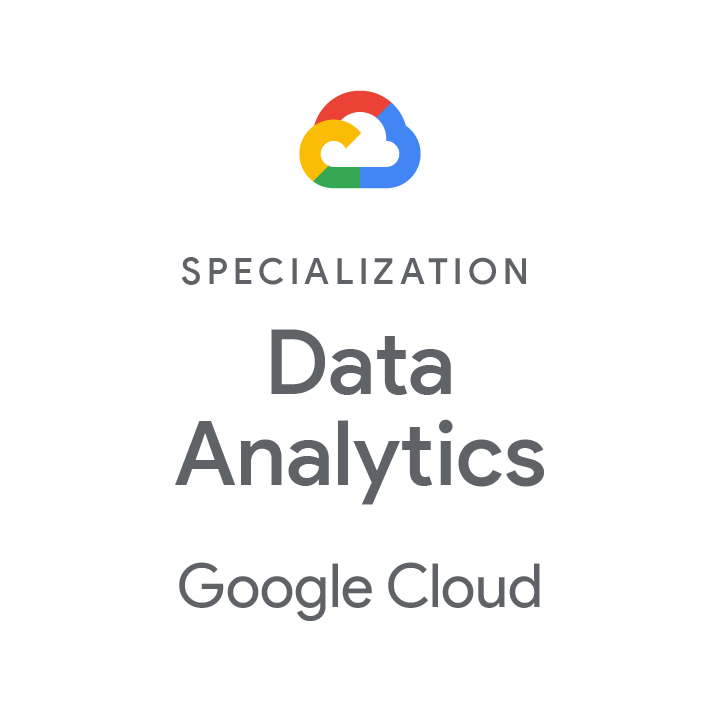Cloud containers are a potential game changer, and they’ve arrived just in time to solve many of the problems that come when scaling internet of things projects. Containerized systems in the Google Cloud are a particularly strong fit as Google’s ecosystem blends robust data center solutions with AI and machine learning tools that are a natural fit for the IoT.
The Fundamental IoT Challenge
On the surface, the IoT is great because it seems so simple. You stick a bunch of sensors in physical places. Those devices passively monitor their surroundings and send the data they collect to the appropriate databases. From there, your users can either control the environment using the device – as is the case with solutions like connected light bulbs or smart home systems – or they can act on the data reported to them by devices – as occurs with monitoring systems attached to industrial machinery, for example. Each project seems simple. You probably already have software in place to help your users – be it an enterprise resource planning system, computerized maintenance management platform, or similar technology. If you invest in smart devices, the manufacturer probably offers dedicated apps you can use to control the environment.
But what happens when you scale your IoT project from a single initiative to a multifaceted program that you want to manage through a single pane of glass? Good luck answering that question. There aren’t many easy solutions out there. The simplest IoT devices – generally simple sensors with a network connection – usually have embedded software that allows them to complete highly specific workflows. This means you’ll need to develop a solution to fit that workflow into your existing system architecture. More complex IoT technologies, such as smart devices, are generally managed through proprietary software devoted to the specific device. And what’s more, most manufacturers in the space are competing with one another. If you have a smart lighting setup and a smart HVAC solution, then chances are they can only talk to one another if you happened to choose solutions from the same manufacturer or if you’ve written custom software to bridge the gap between the systems.
Manufacturers don’t have much incentive to work together, so early efforts to create unified standards for IoT systems haven’t quite taken off. The result is a situation in which any IT project that scales across multiple systems will leave you with one of two options: purchase everything from the same manufacturer (which is often unrealistic or impossible) or create custom apps and services to make everything work together (which is expensive and time-consuming).
The problem of scaling IoT projects to incorporate diverse solutions is among the most fundamental issues facing the industry, and it is a matter that cloud containers are uniquely positioned to resolve.
Using Containers to Drive IoT Innovation
Custom development can put a strain on a business. Whether you’re a service provider creating IoT solutions or an organization deploying diverse systems and trying to develop apps to empower users to leverage the technology effectively, the challenges are real. You have to deploy the hardware and create network configurations to support data transit. Once information has moved into your databases, you need to create apps that can gather, analyze and deliver that information to users. You may want apps that let you control multiple devices through a single interface. APIs and similar tools make things a bit simpler, but blending the configuration and release management demands with development and testing challenges can slow your progress to a crawl.
Cloud containers address this issue by, for all practical purposes, creating a common platform in which various microservices can reside. You can then configure those microservices to operate in concert with one another to function as cohesive apps. This is accomplished by creating isolated environments that operate under a similar structure for easy interoperability, according to Google.
For example, imagine you deploy new monitoring devices designed to report on the environmental conditions of a remote warehouse. You also have connected control devices that let you manage the lighting and HVAC systems at the location. The problem is that the lighting solution uses one app, the HVAC system another and the environmental monitoring devices can only report to your ERP platform. You want all of the data and controls to reside in a single interface so your facilities team can receive status updates and adjust environmental controls without having to move between multiple apps.
At the start, you don’t have the development resources to build a fully featured app, but your lighting and HVAC devices have APIs. So you set those APIs up in a container and write a microservice that:
- Pulls monitoring data from the ERP system.
- Links out to the lighting app.
- Provides one-click access to the HVAC control software.
By creating a single data workflow and a basic dashboard with links to APIs, you’ve moved access to three services to a single place. Over time, you can build new microservices – possibly for more connected devices, analytics, direct API integration or similar functions – to ramp up functionality. Containers give you the quick, manageable development capabilities you need to create almost immediate results and let you stack services on top of one another to expand functionality.
Google Cloud services bring the full potential of the IoT and containers into action by putting specific functionality, such as analytics through BigQuery or ingest connection management in Cloud Pub/Sub into a single environment. This lets you mix and match the services you need to deploy, configure, manage and develop solutions for IoT ecosystems, per Google. The Google Cloud makes IoT development accessible by providing a robust foundation of services that your teams can build from, unleashing the potential of highly manageable, adaptable containers. Where early container solutions could expand and become unmanageable due to a high number of microservices, Google blends a variety of management tools to automatically organize containerized configurations and give you the tools to set parameters that keep the configuration under control.
Dito can position your organization to take full advantage of the Google Cloud’s potential. As a Google Cloud partner, we can provide unique expertise, training and consulting to help you drive IoT success by taking full advantage of modern cloud container strategies.
For more information on how you can integrate Google Cloud into your company’s processes, feel free to schedule a consultation with our Google Cloud team to learn more.


